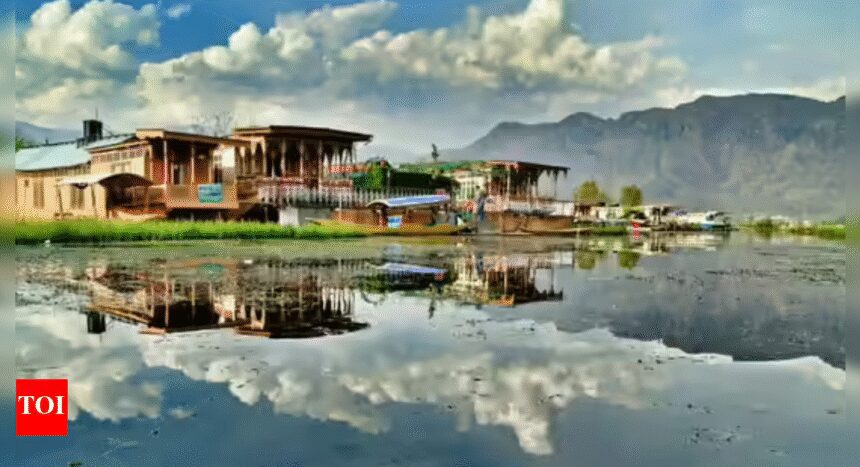Srinagar: Discovery of Historical Documents at Amar Singh Club
Nasir Hamid Khan, the secretary of the Amar Singh Club in Srinagar, recently oversaw a clean-up of the club’s attic. Established in 1933 by Kashmir’s last ruler, Maharaja Hari Singh, the club bears his father’s name and has become a significant historical site. During the clean-up, workers uncovered an array of over 5,000 documents, including a government letter from the 1930s urging support for cricket bats produced by “Kashmir Willows Ltd.”
The finding underscores the club’s rich heritage. The Amar Singh Club, located on Gupkar Road, is surrounded by well-manicured lawns and boasts a large parking area, with the chief minister of Jammu and Kashmir, Omar Abdullah, serving as its chairman. Lieutenant Governor Manoj Sinha holds the position of patron.
Among the historic documents were official press releases from Maharaja Hari Singh’s government, addressing protests and police responses during the tumultuous 1930s, as well as a 1942 poster advertising a yoga demonstration in Srinagar by Vithaldas Parekh, described as a “Yogi of International Fame.” The materials also contained a 1945 report detailing the forest department’s afforestation efforts, including a proposal to rebrand the department as the “Forest and Anti-Erosion Department,” highlighting early governmental concerns for ecological issues.
The records reflect a politically transformative period in Kashmir’s history, featuring trade documents, cultural pamphlets, and various letters dating back to the 1930s and 1940s. However, some documents are in fragile condition, prompting Khan to seek assistance from the Indian National Trust for Art and Cultural Heritage (INTACH). Saleem Beg, head of INTACH in Jammu and Kashmir, noted that they had successfully preserved around 60% of the documents thus far.
Among the noteworthy finds was an advertisement from the now-defunct Token Hotel announcing an auction of its furniture, issued by Mona Tyabji and revealing the hotel’s historical significance predating the Gulmarg heritage hotel, Nedous. The preservation process comprises three stages: surface cleaning to remove dust, inventory preparation to catalogue each item, and curative conservation to strengthen fragile materials.
Beg emphasized the cultural value of the documents, stating that the efforts represent not just preservation but a vital recovery of Kashmir’s historical identity. “These papers are fragments of lived history. Saving them means saving threads of identity that weave Kashmir’s larger story,” he remarked.










